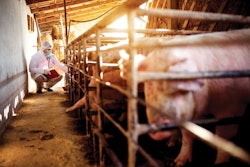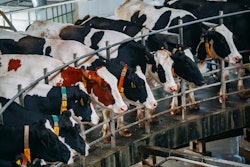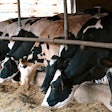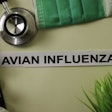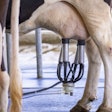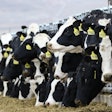
The U.S. Centers for Disease Control and Prevention (CDC) announced it is streamlining its H5N1 highly pathogenic avian influenza (HPAI) updates to reflect the current public health situation, marked by declines in human cases as well as animal detections.
The CDC said it will continue to report any new human H5 influenza cases on its H5N1 situation page and in its weekly FluView updates, but it will switch to monthly reporting of people monitored and tested for the virus.
Another change is that the CDC will no longer report animal detections on its main H5N1 page, but the agency pointed out that such updates will continue to be posted on the U.S. Department of Agriculture (USDA) Animal and Plant Health Inspection Services (APHIS) website.
The CDC initiated these changes as confirmed cases of H5N1 across species has declined in recent weeks.
APHIS reported its last case of HPAI in birds was confirmed on July 2, affecting a flock of 29,300 commercial upland gamebirds in Lancaster County, Pennsylvania. The last commercial poultry operation to be struck by the virus was a commercial table egg laying pullet flock in Maricopa County, Arizona, with that case being confirmed on June 5.
Dairy cattle infections in the United States have also been occurring at a reduced rate, with only two herds affected in June and none so far in July. According to APHIS, one of those herds struck in June was in Arizona, and the other in California, with those two instances being respectively confirmed on June 24 and June 3.
The most recent human H5N1 case in the United States was reported in February, affecting a woman in Wyoming.
To learn more about HPAI cases in commercial poultry flocks in the United States and Canada, see an interactive map on WATTPoultry.com.
Read our ongoing coverage of the global avian influenza outbreak.


